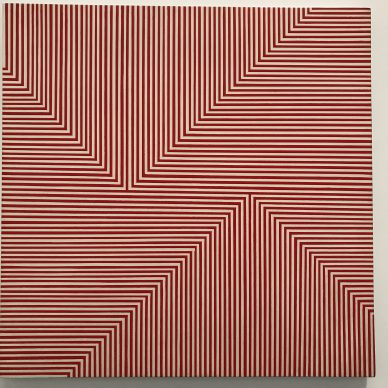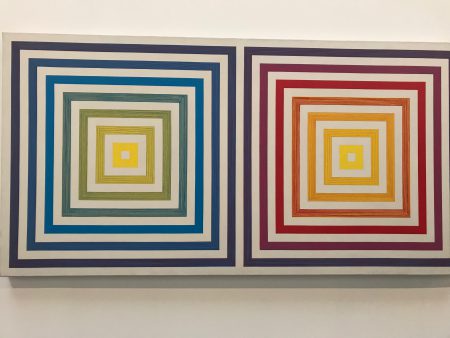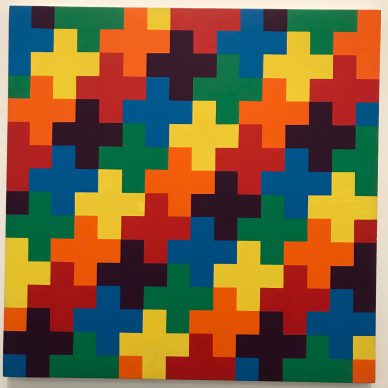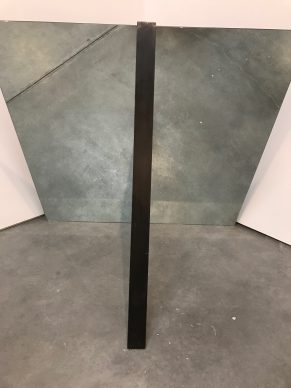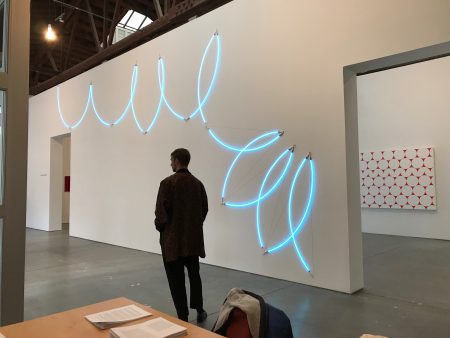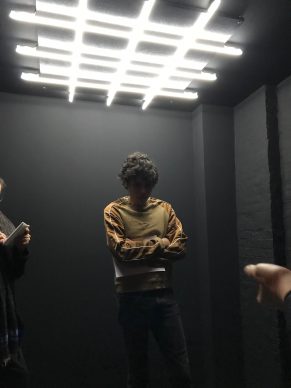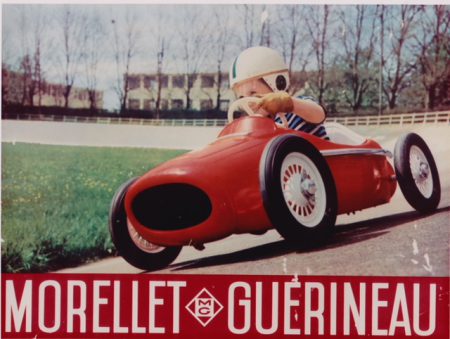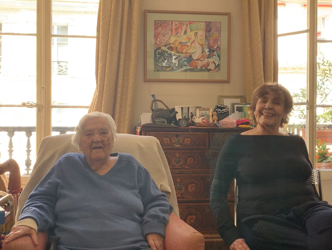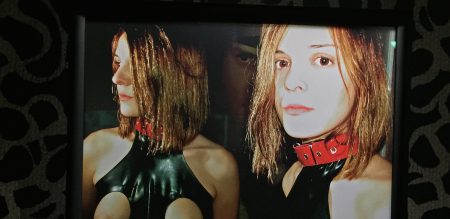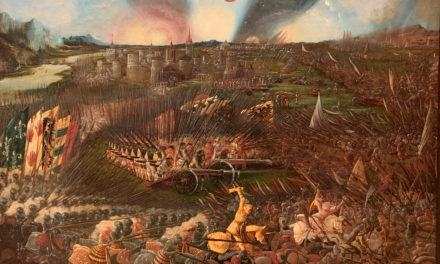In the land of rapid consumption, there exists an institution that takes its time, lots of it, and takes up space, again, lots of it.
It’s called the Dia Art Foundation and its exhibition space at Beacon, located in upstate New York a little over an hour’s train ride from the megacity, has become for the world’s most ambitious art collectors the archetypal place to emulate.
At Dia Beacon, the average duration of an exhibition is two years.
At Dia Beacon, they’ve just finished the installation of one of their new acquisitions, an exceptional piece by the French conceptual artist François Morellet (1926-2016) called “No End Neon”, which is no less than 100 metres long.
In the city you can visit an extraordinary minimal art installation by the American Walter de Maria, “The Broken Kilometer”, which has been on view five days a week since… 1979.
But the main event is the recent inauguration at Dia in the district of Chelsea, New York, of an exhibition lasting for nine months also dedicated to the French artist François Morellet.
Jessica Morgan, the director of the Dia Foundation, explains the decision to showcase the French artist:
Morellet has received belated recognition from institutions – in France, his exhibition at the Centre Pompidou coincided with his 85th birthday in 2011 – as well as from the art market.
This can perhaps be attributed to the fact that he spent most of his life in the little town of Cholet in Vendée.
He he was also constantly searching, which led to a style that was hard to pin down commercially, and he didn’t take himself too seriously.
In Morellet’s work, following in the footsteps of Marcel Duchamp, everything is play.
Down with dramaturgy, lyricism and classicism!
Chance, mathematics, and wit were to be his watchwords.
Which proved no hindrance to a certain hyper-creativity perfectly showcased at Chelsea.
The curator Béatrice Gross outlines the aim of the exhibition:
François Morellet was a trailblazer in many things from 1952 onwards, when he started working in geometric abstraction.
He began using neon in 1963, as we can see in New York.
In a darkened room, four frames contain luminous strips. Images flash rhythmically at different intervals.
Morellet plays with circles (in neon, which he deconstructs or repeats in paint), lines (which he breaks using mirrored reflections) and squares, in black and colours, which he arranges as calculations according to random rules.
Certain pieces inevitably recall the experiments of American minimal art, such as the grid paintings composed of an infinite number of thin lines criss-crossing one another (1959), conceived almost at the same time as those of Sol Lewitt.
Béatrice Gross explains the relationship the American conceptual artists fostered with François Morellet:
In any case, it is this dialogue with American geometric abstraction (Morellet was, incidentally, friend with Ellsworth Kelly) that has given rise to the miraculous celebration of a French talent in one of the emblematic art institutions of America.
His son Florent Morellet, an artist who also happens to be a New York legend (he owned a legendary restaurant in the Meatpacking District simply called Florent), explains why this American exhibition is important:
At the time of his exhibition at the Centre Pompidou, François Morellet told me that he had sold his first artwork in 1960.
The exhibition where it happened took place in Milan in the basement of a bookshop, organized by the great conceptual artist who died before his time, Piero Manzoni, and it was his associate, another famous Italian by the name of Lucio Fontana, who had acquired the piece.
But Morellet was never paid for it, and demanded his due from Manzoni in the form of an exchange of artworks.
Manzoni presented him with an artwork which today counts among his best known, one of his cans of “Merda de artista“ for “Artist’s Shit” (1). “I replied, ‘No, not one “Shit”. It’s worth at least two.’” And in conclusion: “Once you take shit as your benchmark, there’s less chance of you getting too sensitive about the art market.”
Now at long last, and in defiance of nationalistic tendencies, François Morellet’s posterity in America seems assured.
(1) In May 1961, Piero Manzoni created a series of cans containing the “Artist’s Shit” according to the title written on the can, which was meant to be sold for the same price as gold in order to annoy his father who owned a cannery.
Support independent news on art.
Your contribution : Make a monthly commitment to support JB Reports or a one off contribution as and when you feel like it. Choose the option that suits you best.
Need to cancel a recurring donation? Please go here.
The donation is considered to be a subscription for a fee set by the donor and for a duration also set by the donor.




